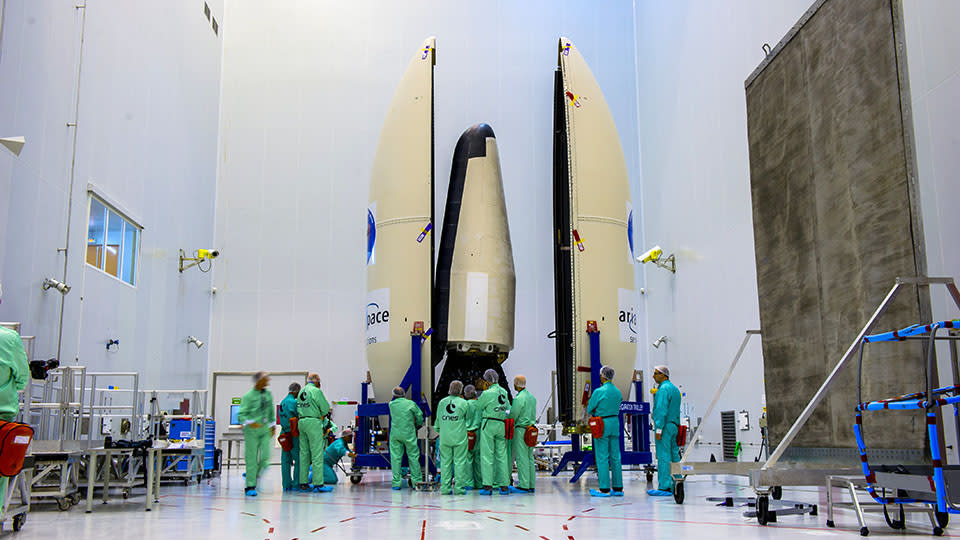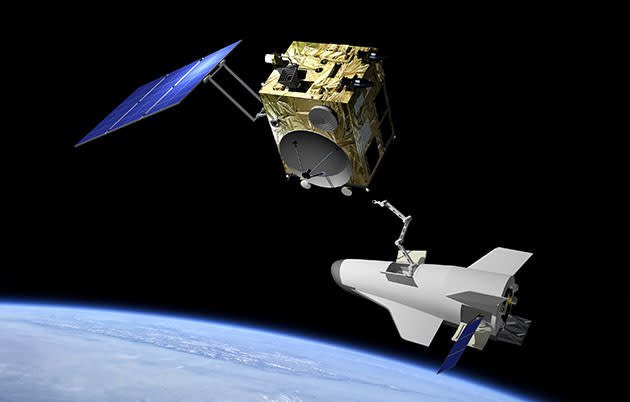Watch the ESA launch its reusable spaceplane (update: success!)

The European Space Agency (ESA) does a fine job of launching rockets into orbit (usually), but is more clueless than its US and Russian counterparts about how to bring them back safely. That lack of savoir-faire is the reason the launch of the IXV experimental spaceplane schedule for 8AM ET today. During the one hour, forty minute mission, a Vega rocket will launch the 16-foot long, 2 ton "lifting body" spacecraft to a height of 280 miles. From there, it'll begin a rapid descent with flaps and thrusters controlling its trajectory. It'll have to re-enter at precisely the right angle to avoid burning up or missing its target, a recovery ship some 3,000 km west of the Galapagos islands.

If all goes well, it'll descend gently on a parachute system, then stay afloat in the sea aided by balloons. The IXV is packed with sensors and will dump temperature, trajectory and other data prior to landing in case something goes wrong with the recovery. The ESA wants to gather more information about re-entry, particularly for lifting body systems traveling at hypersonic speeds. It will use the knowledge to plan its future PRIDE re-entry vehicle (Program for Reusable In-orbit Demonstrator for Europe, above) that will eventually land on a runway. If that sounds vaguely familiar, the US has a similar craft, the top-secret X-37B, also designed to re-enter from orbit and land. There's no word on what the ESA would do with such a craft, but as SpaceX will tell you, reusable rockets are a cheaper way to tackle space.
Update: If the link below isn't working, you can check here.
Update 2: The countdown has been paused at four minutes, but could resume anytime within the next 48 hours.
Update 3: Success! As you can see in the launch video below, Vega tore off the pad and delivered IXV on schedule. The spacecraft splashed down on schedule and was scooped up by the recovery ship shortly afterward.
